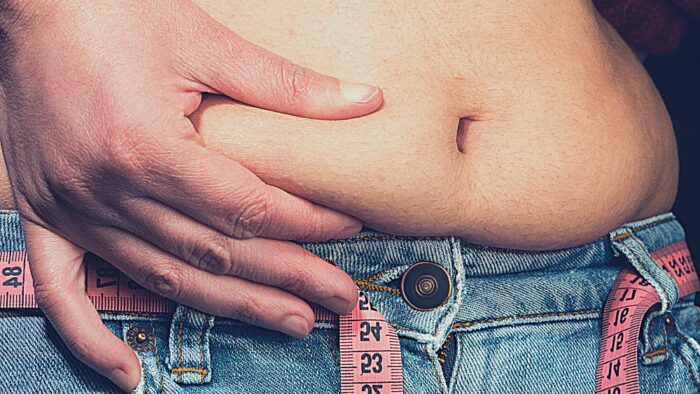Burn Belly Fat By Following These Three Simple Rules
Should I be counting grams of fat, sugar, and calories when trying to burn fat?
In a word – nope! Counting specific grams or calories is not only downright boring, but if you’re eating correctly for fat loss, you shouldn’t have to!
How To Burn Belly Fat

Follow these three simple rules that will teach you to eat according to our basic nutrition tenets:
1) Focus on those foods that maximize nutrient value and minimize insulin release.
That would be Meat, Leaves, and Berries.
- Meat refers to anything that was animal in origin – beef, chicken, fish, shellfish, pork, etc.
- Leaves refers to non-starchy carbohydrates (you can get our FREE Carb Manipulation Protocol here) – essentially, any vegetable except for corn and potatoes.
- Berries refers to low-sugar, high fiber fruit – berries are best, but other options like apples, grapefruit, kiwi, etc. are great too.
2) Minimize consumption of foods that supply little to no nutrient value and/or raise insulin levels.
That would be Grains, Sweets, and Starches.
- Grains are corn, wheat, rice, sorghum, etc.
- Sweets are refined sugars, high-fructose corn syrup, honey, high-sugar fruits like watermelon, grapes, figs, etc.
- Starches are rice, flour, pasta, etc.
3) Eat foods that are minimally processed.
In general, if it comes in a shrink-wrapped box with a free toy inside, don’t eat it.
Calorie Counting
There are certain situations where keeping track of specific calorie counts or nutrient counts is warranted: If you’re eating “healthfully” but still not losing weight, (Check out how to restart weight loss) if you’re an athlete looking to peak your performance, or if you’ve got food allergies or specific nutritional deficiencies.
For best results, keep a food journal for the first week by snapping a picture of your food with your smartphone right before you eat it.
A moment's review of your week’s meals will very quickly reveal to you the sub-optimal food choices that need correcting.
Deep down inside, you know what you should and shouldn't be having, and taking the extra second for your brain to acknowledge what you're doing can mean the difference between making a good choice and a bad one.